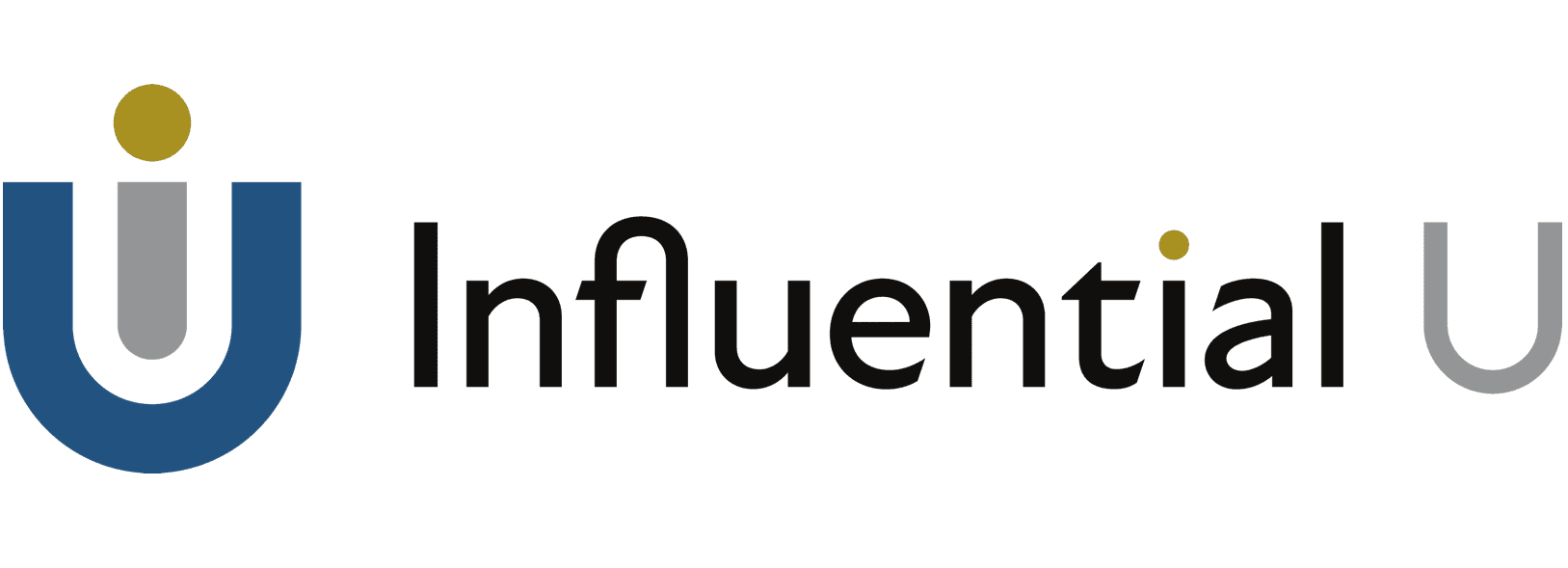Many overlook transforming their knowledge, insights, and inventions into real-world achievements, preferring theory's safety over the unpredictability of action. This emphasis on adept execution—from intention to action, commitment management, and continuous progress evaluation—is crucial. However, the leap from knowledge to action is often avoided due to fear, resulting in inaction. It appears that dreaming within the confines of theory is more appealing than navigating the risks of practical application. Why?
Don’t Fear the Inductive Kick
Imagine you're charging up a big, powerful battery (that's like gathering all your knowledge and plans). When it's time to use that power (or put your knowledge into action), suddenly pulling the plug (or hesitating to act) can cause a spark—like a burst of energy that doesn't know where to go.
This spark is like the "inductive kick," a big zap that happens when you don't manage the transition smoothly.
In the real world, when you learn a lot but don't start doing anything with that knowledge, it's like you're hesitating to use your battery's power. This fear can lead to a build-up of energy (or potential) that goes nowhere because you're stuck in the planning phase and too scared to take the next step. It's like being scared of the spark, so you never turn the lights on. You need to find a way to control that energy and use it to light up your path forward instead of letting the fear of a little spark keep you in the dark.
Translating Practice into Real-World Success
The transition from theory to practice is where many businesses (and professionals) face their biggest challenge. Masterful execution involves taking the insights, strategies, and ideas developed through play, practice, and strategic thinking and turning them into successful business tactics. It's here that some feel like they're facing the "inductive kick"—a sudden, scary spark caused by moving from strategy to doing (note, this same inductive kick is essential to overcome in closing sales, but that’s for another time). The fear of this spark, the unexpected results of taking action, holds many back. But like in electronics, where managing the inductive kick is crucial, finding ways to harness and navigate this transition can light your path.
Precise Goal Setting: Begin with clear, concise, and achievable actions. These should be well-defined and have specific success metrics so the team knows exactly what they are working towards. It's about setting up the circuit for success, ensuring that when the current flows—from theory to action—it does so smoothly, without fearing the spark.
Effective Tactics: Develop detailed tactics that describe the specific activity (labor, work, play, or action) required to deploy strategies. This plan should include timelines, resource allocation, and contingency plans. Think of it as designing a system that anticipates and manages the energy effectively, preventing any potential sparks from becoming fires.
Delegation and Teamwork: Leverage your team's personality strengths through effective delegation. Ensure that everyone understands their roles and responsibilities and how they contribute to the overall objectives. It's like creating a network of wires and components that each play a role in managing the flow of energy, ensuring that the transition from theory to practice is as smooth as a well-oiled machine.
Consistent Communication: Maintain open and consistent communication channels. Regular updates, meetings, and feedback sessions keep everyone aligned and focused on the aims. This constant flow of information acts like the grounding in an electrical circuit, preventing buildup and ensuring that any sparks—fear of taking action—are quickly and safely addressed.
In essence, mastering the transition from theory to practice is about not being scared of the spark but learning to control it, channel it, and use it to illuminate the way forward.
Time Management and Productivity Tips
First of all, you can’t manage time; you can only manage commitments (don’t get me started). Reframing "time management" as "commitment management" is like recognizing you can’t stop the inductive kick—but you can channel it efficiently. High productivity isn’t about dodging the spark; it’s about wearing suitable gloves to handle it. Here’s how to keep your hands steady and your focus sharp:
Prioritize Tasks: Decide on and prioritize tasks by urgency and importance. Putting your priorities into practice is everything; it’s your control panel for managing the currents of urgency and importance. It helps you decide what needs your energy now and what can wait, keeping the sparks of chaos at bay.
Avoid Multitasking: Juggling tasks is like trying to catch multiple sparks with your bare hands. We accept new commitments when we haven’t finished old ones. Stop starting. Start Finishing. Focus on one commitment at a time to ensure the quality and efficiency of your work. It’s about channeling your energy in a single, powerful direction rather than scattering it to the winds.
Use Technology Wisely: Harness technology as your circuit breaker, preventing overload and organizing your commitments. Don’t accept new commitments without checking the state of your current promises. Tools like project management software are the insulators for your productivity, ensuring you can handle the current without getting burned.
Set Realistic Deadlines: Allocate your time like you’re wiring a complex system. Give yourself enough leeway to complete tasks without causing a short circuit. Realistic deadlines act as resistors, preventing the flow of work from becoming too intense and leading to burnout.
Take Breaks: Regular breaks are your circuit coolers, preventing overheating and improving mental well-being. Willpower depletion is real, and you must rest your body AND mind to ensure you’re ready for each new surge of productivity without fearing the spark.
Mastering these techniques means becoming an electrician of your own workday, understanding how to manage the flow of commitments so that when the inductive kick of a new task comes, you’re not just prepared—you’re in control, guiding the spark into a light that illuminates your path to success.
Monitoring Progress and Adjusting Strategies
Monitoring progress and adjusting strategies is like being ready to smooth out the inductive kick in your business circuit—those unexpected jolts of change that happen when you switch things up. This adaptability keeps your business aligned with its goals, even amidst surprises.
Track Key Performance Indicators (KPIs): Monitoring KPIs is like monitoring the voltage across your business activities, ensuring you're not about to experience an unwanted surge or drop. These indicators shed light on how well you're performing and point out areas that might need a bit of tinkering.
Regular Reviews: Like scheduled maintenance checks, these reviews help spot any fraying wires or loose connections in your plans before they lead to bigger issues. It’s about catching those deviations early and adjusting your course to stay on track.
Feedback Loops: Setting up feedback mechanisms is like grounding your strategy, providing a safe path for the energy of insights from employees, customers, and other stakeholders to flow back into your decision-making process. This feedback is crucial for fine-tuning your approach and keeping those sparks of innovation alive.
Flexibility: The ability to pivot or adjust your strategies in response to feedback or changes in the market is like having a versatile toolkit at your disposal. It prepares you to modify your circuit layout on the fly, ensuring you can always handle the current, no matter how unpredictable.
Celebrate Milestones: Acknowledging achievements is like taking a moment to appreciate the light you’ve created with your well-managed electrical system. It boosts morale and motivates everyone to keep the current flowing smoothly, reinforcing the value of every effort made in the direction of your goals.
In essence, monitoring and adjusting is about expecting the inductive kick—those spikes of challenge and change—and having the tools ready not just to handle it but to harness it, guiding your business with the precision and adaptability of a master electrician.
Mastering the transition from theory to practice requires overcoming the fear of the "spark" and utilizing a structured approach to execution. Businesses can turn their strategic visions into successful realities by effectively translating practice into action, managing commitments, and adapting to feedback.
Keep playing, keep growing, and stay influential!

AUTHOR
John Patterson
Co-founder and CEO
INFLUENTIAL U
John Patterson co-founded and manages Influential U Global's faculty and consultants. Since 1987, he has led workshops, programs, and conferences for over 100,000 people in diverse professions, industries, and cultures. His history includes corporate curriculum design focusing on business ecosystems, influence, leadership, and high-performance training and development.



